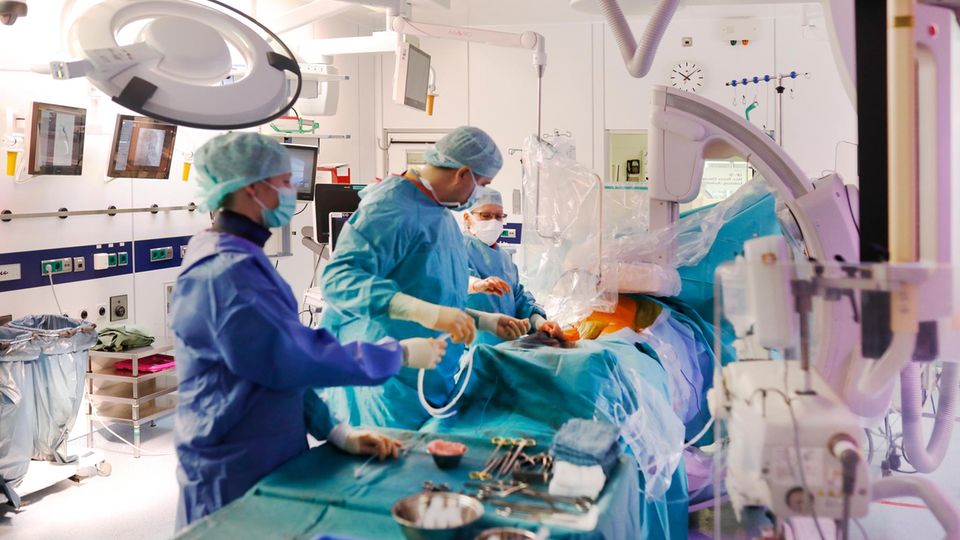Now considered an independent body
Is the aorta now being treated better?
Illustration of an aorta with cholesterol deposits (yellow)
© Pravin Kurane
The aorta is the largest artery in our body. Because of its importance, there has been a recent change in surgical guidelines. This is how patients benefit.
Not only is it particularly complex and made up of many sections – the main artery also acts as a kind of “chief blood vessel” that directs the entire organism: it uses receptors to record blood pressure and constantly optimizes it. Near the left ventricle, where the aorta originates, it is so elastic that it can expand and constrict dramatically to regulate blood flow throughout the body. Because of its great importance, the aorta has recently been listed as an independent organ in surgical guidelines.
More routine due to many operations on the aorta
Patients in particular should benefit from this. At present, in many clinics, the artery is still treated by different specialist departments: cardiac surgeons operate on the part of the chest close to the heart, and vascular surgeons carry out operations on the abdominal aorta. In the future, the therapy will be bundled in hospitals where doctors carry out a particularly large number of operations on the aorta in order to achieve more routine and better quality of care.
Such centers can also offer more comprehensive diagnostics, such as computer tomography and an ultrasound of the head and neck vessels that lead from the aorta to the brain. Imaging procedures are so important because, for example, an aortic aneurysm, a dangerous bulge that can rupture at some point, does not cause any symptoms for a long time and is therefore often detected late and only by chance.



